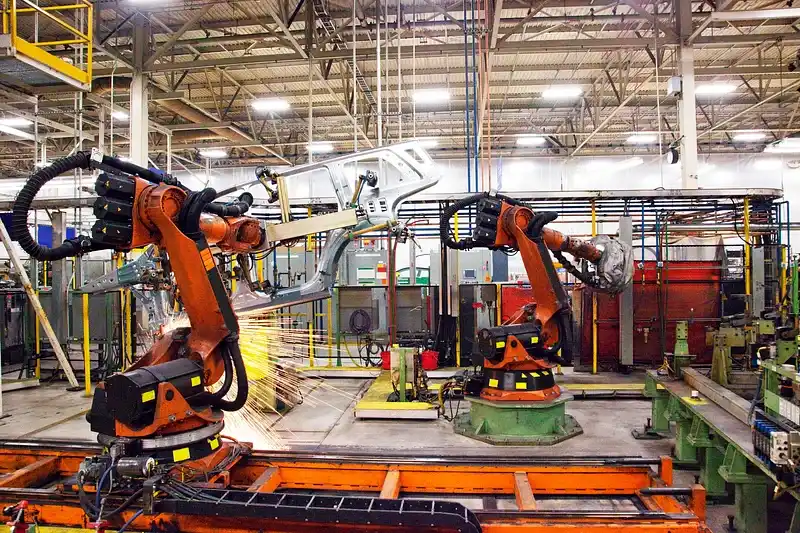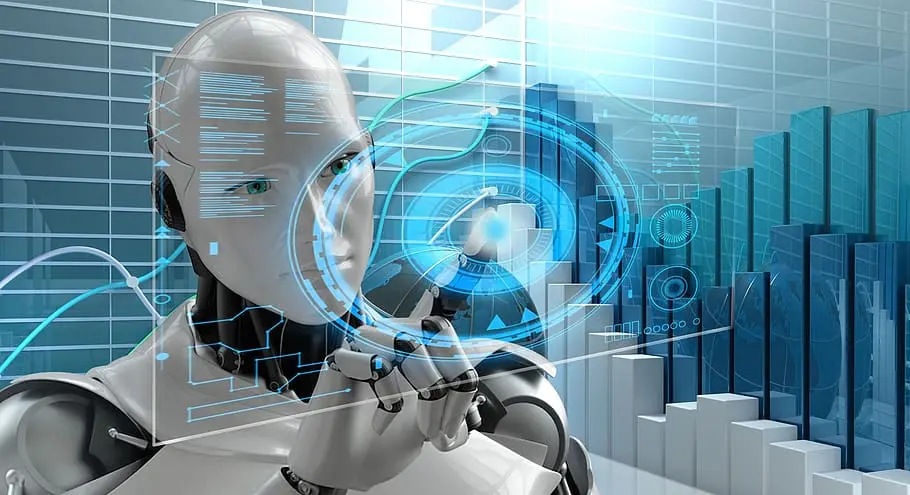Introduction
Machine vision systems have revolutionized the landscape of various industries, and one area where their impact is particularly significant is automotive production. In this article, we delve into the role of machine vision systems in identifying scratches and dents on automotive surfaces, exploring the technology, its integration into production lines, and the broader implications for the industry.
The automotive industry is synonymous with precision and quality. As consumers demand flawless vehicles, manufacturers are increasingly turning to advanced technologies to ensure the highest standards in their products. One such technology making waves in the industry is machine vision. But why is it gaining such prominence?
The Need for Precision
In the fiercely competitive automotive market, even minor imperfections like scratches and dents can have a substantial impact on a brand’s reputation. Consumers associate these flaws with poor quality, affecting their trust in the manufacturer. Hence, the need for precision in automotive production has never been more critical.
Understanding Machine Vision Systems
Machine vision systems encompass a range of technologies designed to replicate and enhance human vision capabilities. These systems use cameras and image processing algorithms to inspect and analyze objects. In the context of automotive production, machine vision systems play a pivotal role in maintaining the desired level of quality.
Applications of Machine Vision in Automotive Industry
Ensuring flawless surfaces: Machine vision is crucial in the automotive sector for detecting and rectifying imperfections like scratches and dents, maintaining high product quality.
Quality control in real-time: The technology offers real-time monitoring, identifying defects promptly, and preventing faulty units from progressing in the manufacturing process.
Use of Computer Vision in Automotive Industry
Enhanced safety features: Computer vision contributes to advanced driver assistance systems (ADAS), improving safety by recognizing objects, pedestrians, and potential hazards on the road.
Autonomous vehicles: In the automotive industry, computer vision plays a vital role in the development of self-driving cars, enabling vehicles to navigate and make decisions based on visual data.
Machine Vision in the Manufacturing Process
Defect detection and sorting: Machine vision systems are employed in manufacturing to inspect and sort products, ensuring that only items meeting quality standards proceed to the next production stage.
Process optimization: By analyzing visual data, machine vision aids in optimizing manufacturing processes, improving efficiency, and reducing errors.
Functions of Machine Vision Systems
Image capture and processing: Machine vision systems use cameras to capture images, and sophisticated algorithms process this visual data to extract meaningful information.
Identification and measurement: These systems can identify objects, measure dimensions, and assess product attributes, contributing to quality control in manufacturing.
Application of Vision Systems
Product packaging: Vision systems are utilized in packaging lines for inspecting labels, ensuring accurate placement, and detecting any packaging defects.
Robotics guidance: In manufacturing, vision systems guide robotic arms, allowing them to perform precise tasks by providing visual feedback.
Integration into Automotive Production Lines
The seamless integration of machine vision systems into automotive production lines offers numerous advantages. Manufacturers benefit from increased efficiency, reduced labor costs, and, most importantly, enhanced quality control. However, this integration comes with its own set of challenges.
Identifying Scratches and Dents
One of the primary tasks assigned to machine vision systems in automotive production is the identification of surface imperfections. Sophisticated algorithms are employed to detect even the slightest scratches and dents, ensuring that no defect goes unnoticed.
Real-time Monitoring and Analysis
Unlike traditional inspection methods, machine vision systems provide real-time monitoring and analysis. This proactive approach allows manufacturers to address defects as soon as they are detected, preventing the production of faulty units and minimizing waste.
Enhancing Quality Control Measures
Machine vision is not intended to replace human inspection but rather to enhance it. By working in tandem with human inspectors, these systems reduce the chances of both false positives and false negatives, ensuring a more accurate and reliable quality control process.
Cost-Effectiveness in the Long Run
While the initial investment in implementing machine vision systems might seem significant, the long-term cost savings are substantial. Case studies from leading automotive manufacturers showcase how the technology pays for itself through increased efficiency and reduced defects over time.
Adapting to Varied Production Environments
Automotive production lines vary, and machine vision systems prove their flexibility by adapting to different settings. Whether it’s a high-speed assembly line or a custom production environment, these systems can be tailored to meet specific requirements for various automotive models.
Ensuring Worker Safety
The integration of machine vision systems also contributes to ensuring the safety of workers. With reduced reliance on manual inspection, employees are exposed to fewer health hazards associated with repetitive tasks and prolonged exposure to manufacturing environments.
Industry Trends and Innovations
The field of machine vision is dynamic, with constant innovations and advancements. Recent developments include the incorporation of artificial intelligence for more sophisticated defect analysis and the use of 3D vision for a more comprehensive inspection process.
Global Adoption Rates
While the adoption of machine vision systems in automotive production is a global trend, certain countries lead the way in embracing this technology. A comparative analysis of different automotive sectors sheds light on the varied rates of adoption and the factors influencing them.
Challenges and Limitations
As with any technology, machine vision systems face challenges and limitations. Addressing concerns such as false positives, environmental factors, and adaptability is crucial for the continued success of these systems in automotive production.
Environmental Impact
In an era where sustainability is paramount, it’s essential to examine the environmental impact of technology. Machine vision systems, with their ability to reduce defects and waste, contribute to a more sustainable manufacturing process compared to traditional quality control methods.
Conclusion
In conclusion, the use of machine vision systems in automotive production lines for identifying scratches and dents is a game-changer for the industry. From enhancing quality control measures to ensuring worker safety, the benefits are substantial. As technology continues to evolve, the future holds even more exciting possibilities for the integration of machine vision in automotive manufacturing. For further inquiries or a demo, you can Contact Trident Information Systems. Stay ahead of the innovation curve! Follow our LinkedIn page for the latest insights and updates on how Vision Intelligence System are revolutionizing automotive industry.



